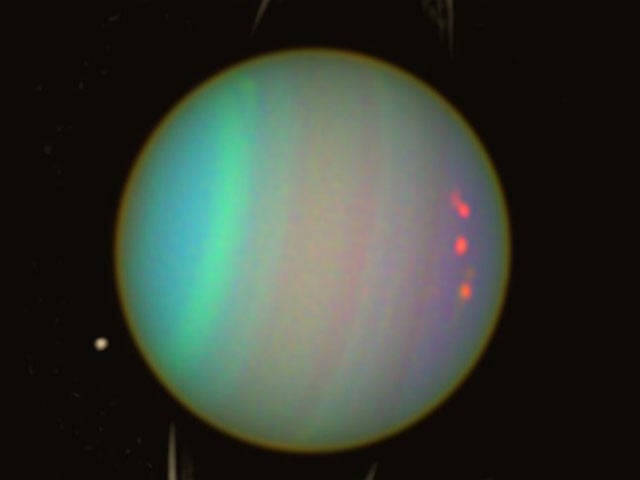Pasadena: A study has revealed that the four largest moons of Uranus, the seventh planet of the Solar System, may have water between their cores and icy shells.
The study, conducted by the US space agency NASA, is the first to detail the evolution of the crust and interior composition of all five of Uranus’s largest moons (Ariel, Umberial, Titania, Oberon and Miranda).
According to research, four moons have oceans that could potentially be miles deep.
In the past, planetary scientists have found evidence of oceans in many unexpected places when it comes to small asteroids, Julie Castillo-Roguez of NASA’s Jet Propulsion Laboratory said in a statement. These places include the dwarf planets Ceres and Pluto and Saturn’s moon Mimas. So there are some systems in these places that we don’t fully understand.
NASA said the discovery came after re-analyzing original data from the Voyager spacecraft. Voyager gathered this detailed information during two close passes of Uranus in the 1980s.
Using the data, NASA scientists created computer models of the planets using traditional telescopes, including information from NASA’s Galileo, Cassini, Dawn, and New Horizons.
(function(d, s, id){
var js, fjs = d.getElementsByTagName(s)[0];
if (d.getElementById(id)) {return;}
js = d.createElement(s); js.id = id;
js.src = “//connect.facebook.net/en_US/sdk.js#xfbml=1&version=v2.3&appId=770767426360150”;
fjs.parentNode.insertBefore(js, fjs);
}(document, ‘script’, ‘facebook-jssdk’));
(function(d, s, id) {
var js, fjs = d.getElementsByTagName(s)[0];
if (d.getElementById(id)) return;
js = d.createElement(s); js.id = id;
js.src = “//connect.facebook.net/en_GB/sdk.js#xfbml=1&version=v2.7”;
fjs.parentNode.insertBefore(js, fjs);
}(document, ‘script’, ‘facebook-jssdk’));



